Continuing our journey to bring to limelight bootstrapped entrepreneurs from India, we got a chance to speak with Rushabh Mehta, Founder of Web Notes Technologies, a software product company that publishes a free and open source web based ERP called ERPNext for small and medium businesses. Built by a small team of 8 people, ERPNext has more than 250 paying customers and has also been included in Winners List of BOSSIE (World’s best Open Source Applications of 2013) Awards. Here is the transcript from the interview:
Tell us more about the journey of starting ERPNext.
 I have been a software hobbyist, coding and developing software for fun since my school days. I graduated with a Masters in Industrial Engineering from Penn State University, US in 2004 and soon joined our family business. At that time the business was undergoing a transformation and we were trying to set up a custom ERP system to integrate Sales, Purchasing, Inventory and Accounting. I took ownership of the implementation and that experience gave me the first taste of ERP platforms.
I have been a software hobbyist, coding and developing software for fun since my school days. I graduated with a Masters in Industrial Engineering from Penn State University, US in 2004 and soon joined our family business. At that time the business was undergoing a transformation and we were trying to set up a custom ERP system to integrate Sales, Purchasing, Inventory and Accounting. I took ownership of the implementation and that experience gave me the first taste of ERP platforms.
Soon after that experience, I started a services company with a friend and delivered multiple software projects for clients but that journey didn’t continue for long as my heart was in building products. I shut down the venture and moved on to start Web Notes Technologies in 2008 to build a free and open source web based ERP product.
How did you fund the business while bootstrapping? Did you ever consider raising capital from investors?
During the time when I was starting Web Notes, my family exited our family business and had some funds in hand. I borrowed some of those funds and that gave us the initial breathing space. We also delivered services for few initial years to keep us going.
Once we decided to focus only on building products, we took many measures to sustain ourselves financially. We brought our team size down from 18 to 5. It was a difficult move but was essential to ensure we don’t burn out quickly. We also removed sales and marketing and instead focused all our efforts on product development. We hired fresher graduates to keep the salary expenses under control.
I did try raising funds but due to the nature of business, was not very successful. ERPNext is a specific mission critical product and it was not that easy to find a good market fit in the start. Also there weren’t many companies in the same space to compare us with. All this made the business not seem that attractive to investors.
How did you build your team at a stage when revenues had not started flowing in yet? What motivated those people to join you?
Most of our initial team joined us because of the work we were doing. We were building an open source product and that attracted people to join us as there weren’t many such opportunities available elsewhere. On a funny note, one person we interviewed also said that he checked our website and got an impression that we are a large firm! Probably having a good face online helped. Ha ha .
The initial years were quite difficult. We didn’t have any mentors and were not sure what to do next. We got all our feedback from customers and learnt how to build quality software. As Malcolm Gladwell says, success in any field comes when one invests 10,000 hours on it. As a team, we are walking through that journey of 10,000 hours and falling down and learning in the process. This journey is what keeps us together. Our initial 5 hires are still with us and that says a lot.
Marketing is another area that requires a lot of investment. You have reached 250+ paid customers with zero marketing and no sales team. Tell us more about how you managed marketing.
Information asymmetry is reducing fast. Now, there is no need to take the help of traditional media. If the product is good, word does go out. “Viral” is the new buzz word.
As a bootstrapping company, the marketing options are very less. In the initial days, we set up stalls and booths in different exhibitions and events to reach out to customers. We received our initial feedback from there and reworked on the product. It has been a slow and organic growth for us. But we were clear that we never wanted to push our products to customers. Once we gained some initial customers and delivered quality products, we got referred to new customers and the chain continued.
The open source aspect of our product also attracted many customers as there were not many open source ERP products in the market. Our competitive pricing was another attractive factor. ERPNext is available at 30,000 INR/ year and most customers usually have a budget 10 times that amount. Since we are focused on quantity i.e acquiring large number of customers, this low price strategy really helps us get the foot in the door.
Another advantage VCs bring in is the guidance on building the business. As a bootstrapped company, how did you make up for these?
As a bootstrapped company, we are left on our own. Not having mentors was an issue. I do feel we lost a few years. However, I have been trying to learn from each and every source I get my hands on. I read blogs, hacker news and also learn from other companies. For example, we are highly inspired by the design, philosophy and writing of 37signals, not to mention their products which are just amazing. We think that they, and not SalesForce, are the true pioneers of web applications. We love the quality, reliability and technology of GitHub, which has re-invented the way Open Source software is written and shared on the Internet. We try to learn from the design, quality and vision of Apple. They have set the benchmark of engineering and we hope we can understand and use some of their focus and attention to detail. And last but not the least, WordPress (and Automattic, the company behind wordpress) has provided us with a template of how an Open Source business should be built. Whenever we are in doubt in terms of taking business decisions, we find asking ourselves, what WordPress would do. There is no dearth of inspiration. One just needs to look around. These and many such companies have been our mentors indirectly.
Looking back do you think you should have raised angel or VC capital instead of bootstrapping? In what way has bootstrapping worked in your favor and what opportunities do you think you missed out on because of not raising external capital?
There is no right way to answer this. Both bootstrapping and raising external funds have their own advantages.
Because we followed a bootstrapped journey, our confidence is very high. We have gone through the whole process of transforming into a matured business. We are able to judge things better as we have seen the extremes. And we still have our independence.
On the other side, we do fell that as a bootstrapped business, we often miss out on the glitz and glamour that surrounds the well funded businesses. We also miss the whole package that comes with investors – the funds, contacts and advisory.
But at the end of it I feel that in the current world there is so much a single person can do without any external help. Take the example of Salman Khan of Khan Academy. It is so inspiring to see the way he has built his business single handedly. He did not employ an army of people to make his videos. He created close to 3000 videos, using his own personal skills and technology. Nowadays there are so many tools available that eventually capital driven growth might become irrelevant.
We are proud to say that over the last 3 years, we have been growing 100% every year in terms of revenue and we have reached this stage purely bootstrapping our way up.
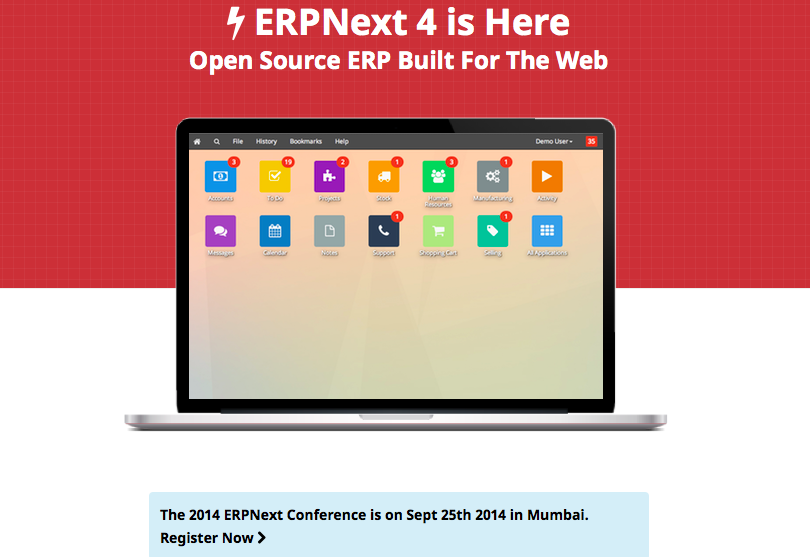 From your own experience, what advice do you have for start-ups who are currently bootstrapping?
From your own experience, what advice do you have for start-ups who are currently bootstrapping?
The key question one needs to ask themselves is how they are going to sustain themselves as they are clocking their 10,000 hours towards building their product. It could take 3 years or could also take 7-8 years. Most of the time things take three times longer than what we think. There is no magic bullet and one is not going to get discovered on their own. They need to take one step at a time.
The only way to enjoy this journey is to absolutely love what you do. That is what sustains you.
————————
As I spoke to Rushabh, I could sense his enthusiasm and passion towards his product. Their team sure is deriving their inspiration and learning from other companies but it is not very far when they are going to inspire others on how to bootstrap and build a successful business from scratch. ProductNation wishes Rushabh and his team a successful journey ahead.







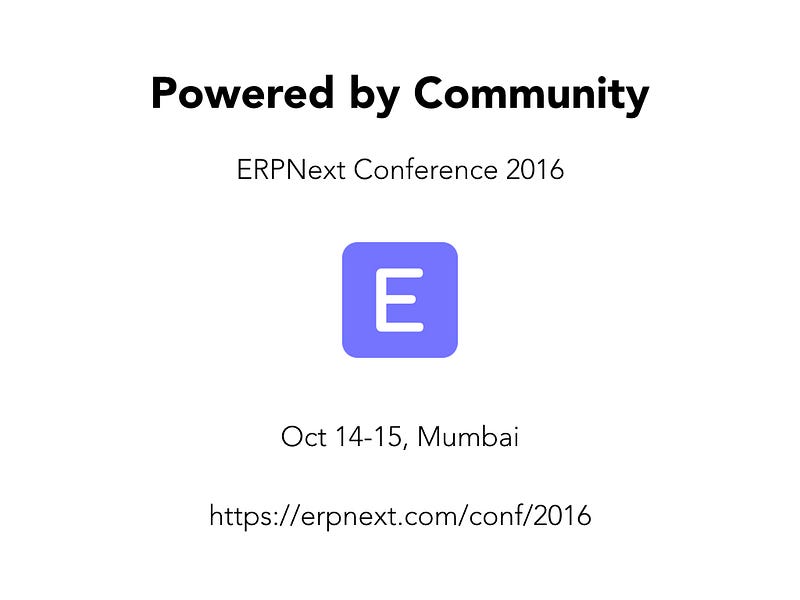
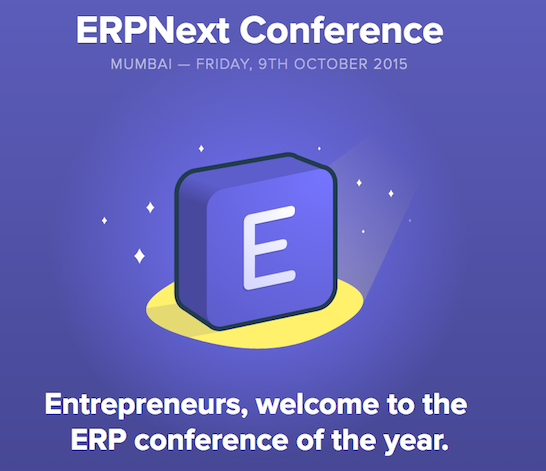
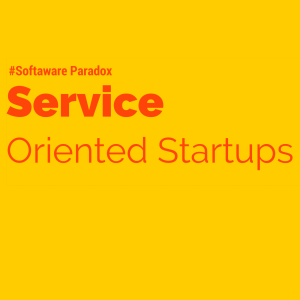 book is, that the value of software as a product is diminishing, but the value of software as an enableris rising. Pure play software companies such as Microsoft and Oracle are fading in comparison to rising stars such as Google, Facebook, Apple, Amazon and newer ones like Uber, Dropbox, GitHub, AirBnB and others. None of the new age companies sell “software”. They all sell a service (or devices, in case of Apple).
book is, that the value of software as a product is diminishing, but the value of software as an enableris rising. Pure play software companies such as Microsoft and Oracle are fading in comparison to rising stars such as Google, Facebook, Apple, Amazon and newer ones like Uber, Dropbox, GitHub, AirBnB and others. None of the new age companies sell “software”. They all sell a service (or devices, in case of Apple).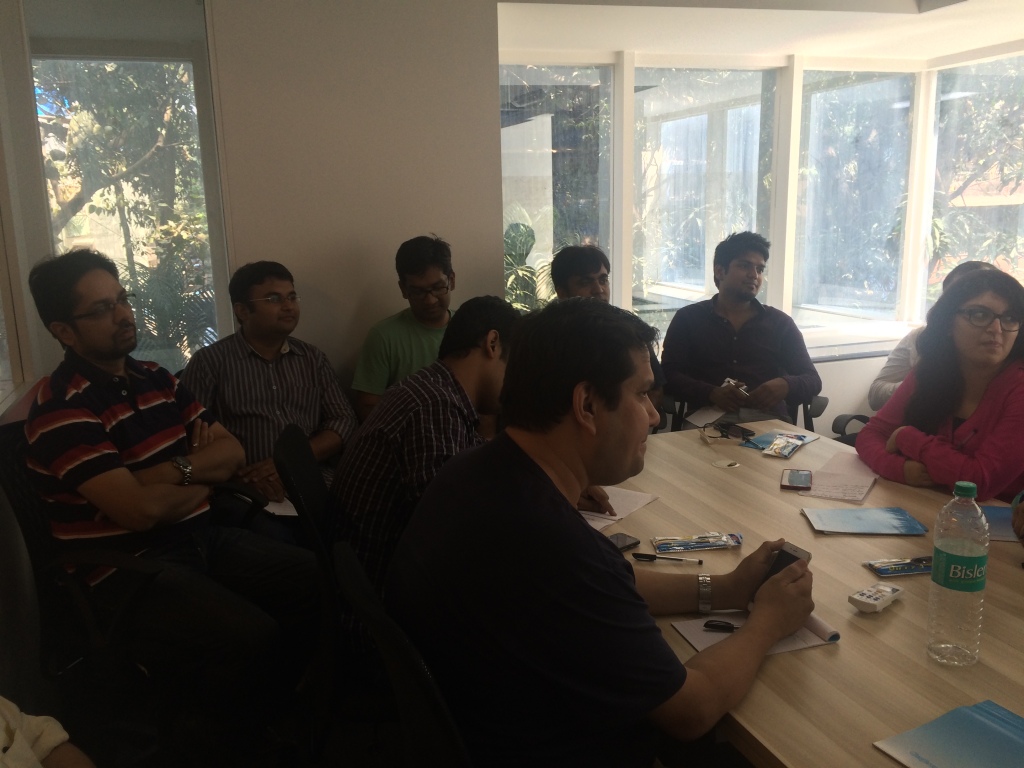 In the era of online marketing and social media, old world sales seems like a relic of a bygone era. But not in India. In a country full of contradictions, traditional sales still has its charm and companies that want to sell in India, must understand the nuances.
In the era of online marketing and social media, old world sales seems like a relic of a bygone era. But not in India. In a country full of contradictions, traditional sales still has its charm and companies that want to sell in India, must understand the nuances.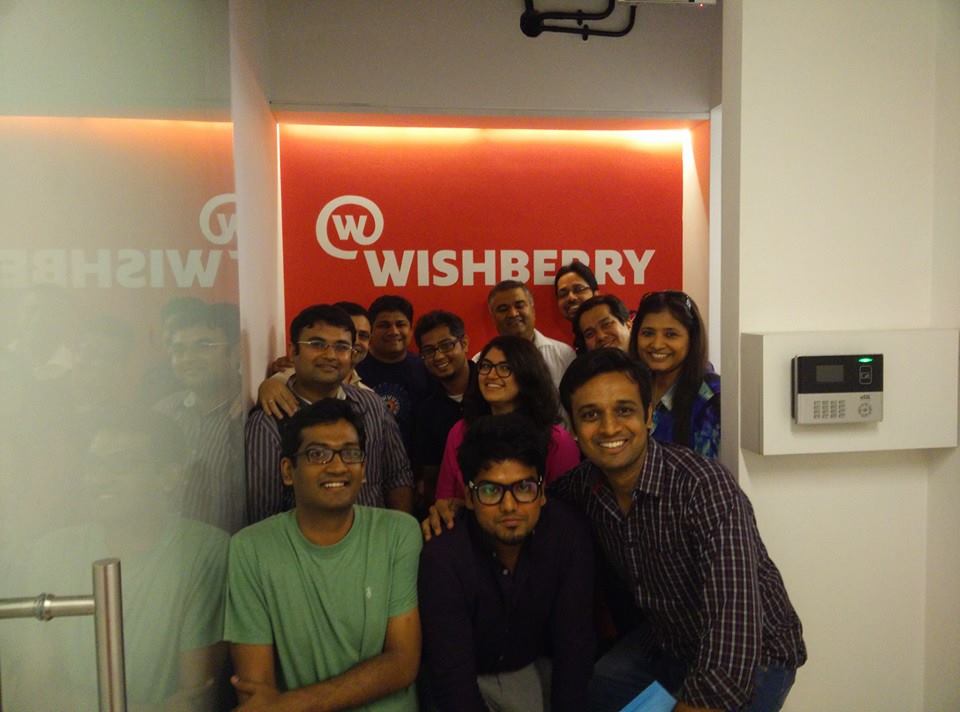 There is a reason the roles of travel agents or insurance agents is shrinking every day. The internet is a wonderful for discovery, learning and distribution of software and startups should go on this path. While sales may be necessary for enterprise, it is too expensive small businesses.
There is a reason the roles of travel agents or insurance agents is shrinking every day. The internet is a wonderful for discovery, learning and distribution of software and startups should go on this path. While sales may be necessary for enterprise, it is too expensive small businesses.
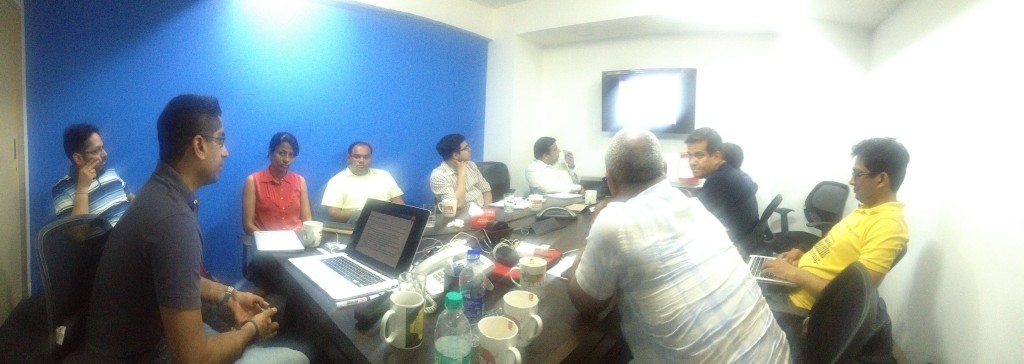 Content Marketing
Content Marketing Conclusion
Conclusion I have been a software hobbyist, coding and developing software for fun since my school days. I graduated with a Masters in Industrial Engineering from Penn State University, US in 2004 and soon joined our family business. At that time the business was undergoing a transformation and we were trying to set up a custom ERP system to integrate Sales, Purchasing, Inventory and Accounting. I took ownership of the implementation and that experience gave me the first taste of ERP platforms.
I have been a software hobbyist, coding and developing software for fun since my school days. I graduated with a Masters in Industrial Engineering from Penn State University, US in 2004 and soon joined our family business. At that time the business was undergoing a transformation and we were trying to set up a custom ERP system to integrate Sales, Purchasing, Inventory and Accounting. I took ownership of the implementation and that experience gave me the first taste of ERP platforms.
 Everyone knows that Enterprise Software is bloated with un-necessary fat. And the fat shows clearly in the way sales happens. In the latest book by Venture Capitalist
Everyone knows that Enterprise Software is bloated with un-necessary fat. And the fat shows clearly in the way sales happens. In the latest book by Venture Capitalist